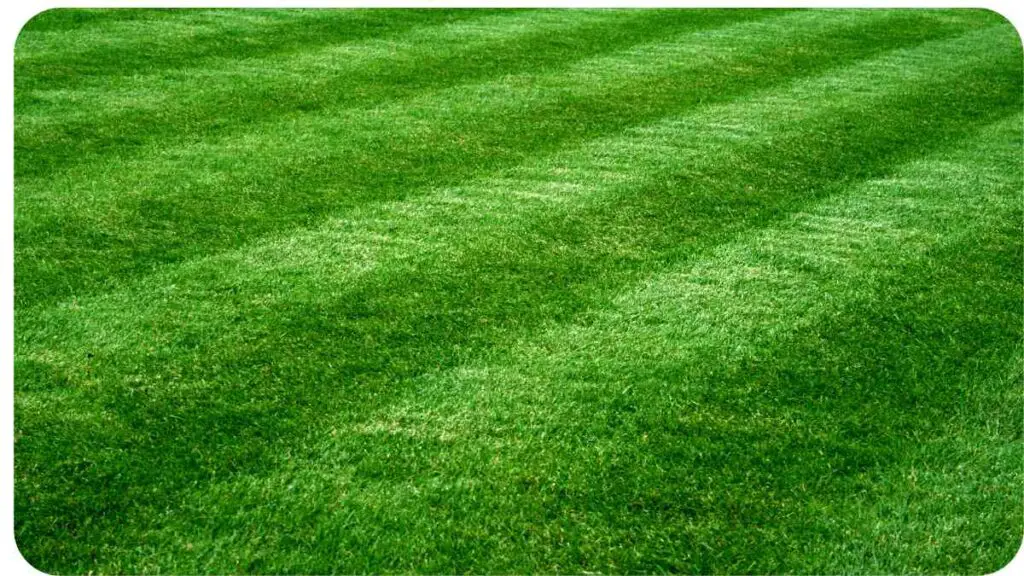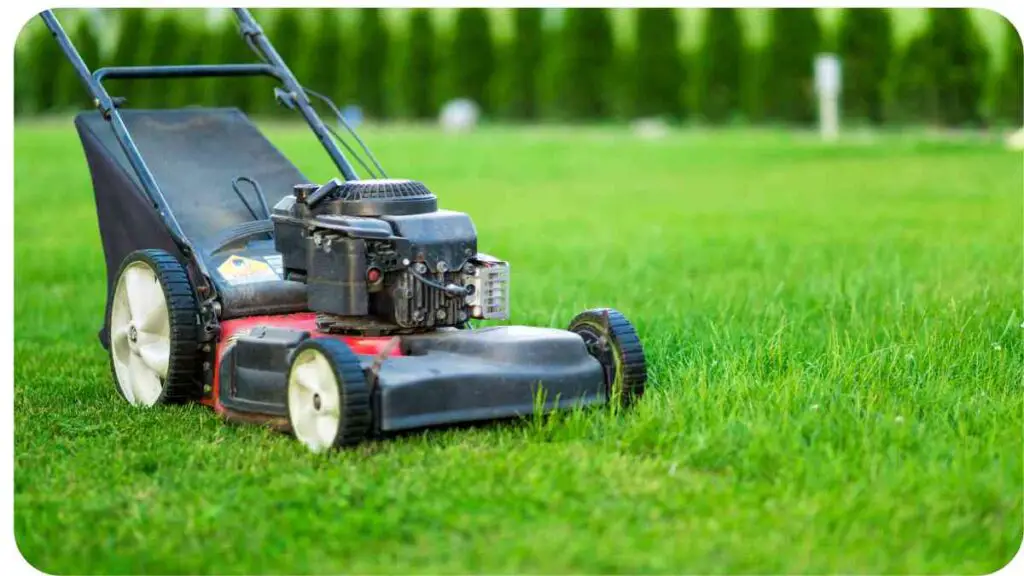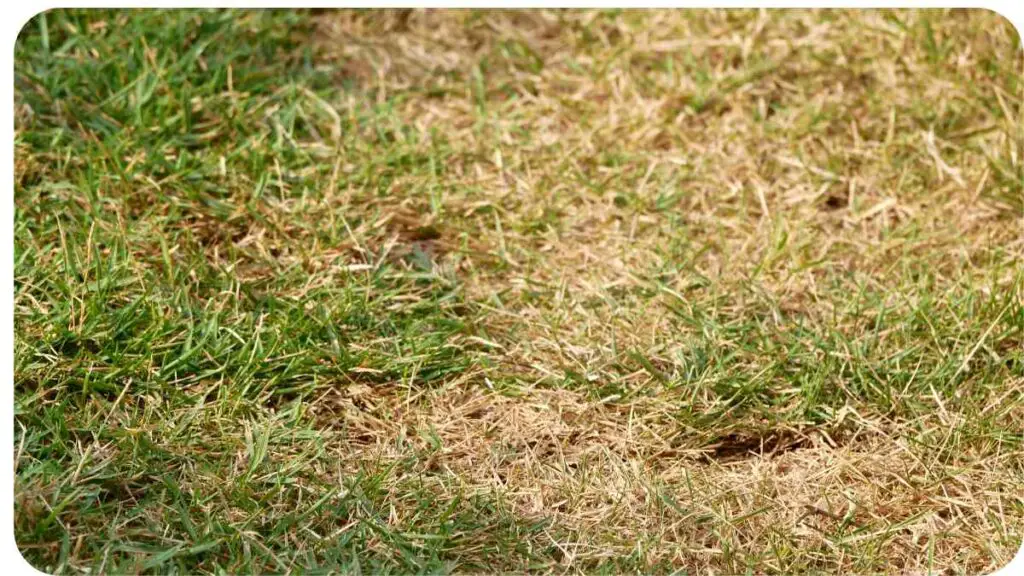Green lawns are often seen as a symbol of a well-maintained home and can add significant curb appeal. But achieving that lush, green carpet of grass requires more than just the occasional sprinkle of water.
It involves understanding your lawn’s specific needs, regular care, and sometimes a bit of professional advice. If you’ve been wondering, “What is the best way to green up my lawn?” you’re in the right place. In this guide, we’ll explore various methods to achieve that vibrant, green lawn you’ve always desired.
| Key Takeaways |
|---|
| Understanding soil type and quality is crucial for a healthy lawn. |
| Regular mowing helps control weeds and promotes thick grass growth. |
| Proper watering is essential aim for deep, infrequent watering to encourage root growth. |
| Fertilizing with the right type and amount boosts grass health and color. |
| Soil testing and adding organic matter improve soil structure and nutrient content. |
| Choose the right fertilizer type and application method for your lawn’s specific needs. |
| Address pests and diseases promptly to prevent damage to your lawn. |
| Seasonal care, including appropriate spring, summer, fall, and winter tasks, ensures year-round health. |
| Eco-friendly lawn care practices, like natural fertilizers and water conservation, benefit the environment. |
| Expert tips and real-world success stories can provide additional guidance and inspiration. |
Understanding Your Lawn

Soil Type and Quality
The foundation of a healthy lawn starts with the soil. Knowing what type of soil you have is crucial. Different soils have varying levels of nutrients, drainage capabilities, and pH levels.
To maintain a lush green lawn, it’s crucial to address issues promptly. For instance, if your grass has suffered from excessive fertilizer, check out this guide on how to fix burnt grass from too much fertilizer to restore its health.
| Soil Type | Characteristics | Impact on Lawn |
|---|---|---|
| Clay | Heavy, retains water | Poor drainage, can lead to root rot |
| Sandy | Light, drains quickly | Needs more frequent watering, less nutrient retention |
| Loam | Balanced, good drainage and nutrient retention | Ideal for most grass types, supports healthy growth |
Grass Types
Different grass types have different needs. Some thrive in cooler climates, while others are more suited for warmer regions.
| Grass Type | Best For | Maintenance | Watering Needs |
|---|---|---|---|
| Kentucky Bluegrass | Cool climates | Regular mowing, fertilizing | Moderate |
| Bermuda Grass | Warm climates | Low maintenance, drought-tolerant | High |
| Fescue | Shade and sun | Moderate care | Moderate |
Basic Lawn Care Practices

Mowing
Regular mowing is key to a healthy lawn. It helps control weeds and promotes thick, even growth. However, it’s important not to cut more than one-third of the grass height at a time.
| Mowing Tip | Details |
|---|---|
| Mow High | Keep grass at 2.5-3 inches to promote deep rooting |
| Sharpen Blades | Use sharp mower blades to avoid tearing grass |
| Mow When Dry | Mow when grass is dry to avoid clumping |
Watering
Watering is essential, but overwatering can be just as harmful as underwatering. Aim for deep, infrequent watering to encourage root growth.
Fertilizer plays a key role in achieving a vibrant lawn. To optimize your lawn care routine, you should understand the right frequency for fertilizer application. Learn more about how often to use liquid fertilizer to keep your lawn looking its best.
| Watering Tip | Details |
|---|---|
| Water Early Morning | Reduces evaporation and disease risk |
| Deep Watering | Water deeply once or twice a week |
| Avoid Overwatering | Too much water can lead to shallow roots and disease |
Fertilizing
Fertilizing provides essential nutrients to your lawn, but it’s important to use the right type and amount.
| Fertilizer Type | Best For | Application Frequency |
|---|---|---|
| Granular | Slow-release, all-purpose | Every 6-8 weeks |
| Liquid | Fast-acting, for quick green-up | Monthly or as needed |
| Organic | Natural nutrients, improves soil health | Every 8-10 weeks |
Improving Soil Health
Lawn pests can sometimes hinder the health of your grass. To identify and manage these issues, refer to this article about all the bugs in your grass to understand and control pest problems affecting your lawn’s appearance.
Soil Testing
Before making any amendments, it’s wise to test your soil to determine its pH and nutrient levels.
| Soil Test Type | Purpose | How to Perform |
|---|---|---|
| pH Test | Determines soil acidity or alkalinity | Use a soil pH meter or test kit |
| Nutrient Test | Identifies nutrient deficiencies | Send a sample to a lab or use a home test kit |
Organic Matter
Adding organic matter improves soil structure and nutrient content.
| Organic Matter | Benefits | Examples |
|---|---|---|
| Compost | Enriches soil with nutrients | Homemade or store-bought |
| Mulch | Conserves moisture, suppresses weeds | Wood chips, straw |
| Manure | Adds nutrients, improves soil texture | Cow, horse, or chicken manure |
Choosing the Right Fertilizer
Types of Fertilizers
Selecting the right fertilizer depends on your lawn’s needs and your soil’s condition.
| Fertilizer Type | Advantages | Disadvantages |
|---|---|---|
| Synthetic | Quick results, balanced nutrients | Can lead to soil imbalance |
| Organic | Improves soil health, eco-friendly | Slower results, can be more expensive |
| Slow-Release | Provides nutrients over time | Less immediate effect |
Application Methods
Proper application is key to getting the most out of your fertilizer.
The right tools can significantly improve lawn care efficiency. If you’re considering a battery-powered lawn edger for your maintenance needs, explore this article on the best battery-powered lawn edger to find the perfect fit for your lawn care tasks.
| Method | Details | Best For |
|---|---|---|
| Broadcast Spreader | Even distribution over large areas | Large lawns |
| Drop Spreader | Precise application, reduces waste | Small to medium lawns |
| Liquid Fertilizer | Quick absorption, can be used with a sprayer | Smaller areas or spot treatment |
Dealing with Lawn Problems

Pests and Diseases
Pests and diseases can wreak havoc on your lawn. Identifying and treating them early is crucial.
| Pest/Disease | Symptoms | Treatment |
|---|---|---|
| Grubs | Brown patches, visible grubs | Use insecticidal nematodes |
| Fungus | Discolored spots, moldy patches | Apply fungicides, improve drainage |
| Chinch Bugs | Thinning grass, yellow patches | Use insecticides, improve soil health |
Weeds
Weeds compete with your grass for nutrients and water. Regular maintenance and proper weed control strategies are essential.
| Weed Type | Characteristics | Control Methods |
|---|---|---|
| Crabgrass | Low-growing, spreads quickly | Pre-emergent herbicides |
| Dandelions | Broad leaves, deep roots | Hand-pulling, selective herbicides |
| Clover | Small leaves, nitrogen-fixing | Herbicides, maintain healthy lawn |
Seasonal Lawn Care Tips
Regular maintenance of your lawn equipment ensures optimal performance. If you’re using a Troy-Bilt lawn mower, this guide on how to adjust the belt can help you maintain the mower’s effectiveness for a better-looking lawn.
Spring
Spring is the time to prepare your lawn for the growing season.
| Spring Task | Details | Timing |
|---|---|---|
| Aerate Soil | Reduces compaction, improves nutrient absorption | Early spring |
| Apply Fertilizer | Gives grass a boost after winter | Late spring |
| Control Weeds | Prevent early weed growth | As soon as weeds appear |
Summer
Summer requires attention to heat and drought.
| Summer Task | Details | Timing |
|---|---|---|
| Adjust Watering | Increase watering during hot spells | As needed |
| Mow High | Keep grass longer to shade soil | Regularly |
| Watch for Pests | Monitor for signs of pests and diseases | Throughout summer |
Fall
Fall is the ideal time for preparation and repair.
| Fall Task | Details | Timing |
|---|---|---|
| Fertilize | Prepare grass for winter | Early fall |
| Reseed | Fill in bare patches | Mid-fall |
| Clean Up Debris |
Conclusion
Achieving a vibrant, green lawn involves understanding and addressing various factors—from soil health and grass types to seasonal care and pest management. By following the steps outlined in this guide, you can create a lush, healthy lawn that not only enhances your home’s curb appeal but also provides a beautiful outdoor space for relaxation and enjoyment. Remember, lawn care is a continual process, and consistency is key to maintaining a verdant, thriving lawn.
Further Reading
How to Get a Green Lawn Fast: 3 Easy Tips
Discover quick and effective tips to achieve a lush, green lawn. This guide provides straightforward advice for a rapid transformation.
Greening Up Your Lawn
Learn practical steps and recommendations for enhancing your lawn’s color and health. This resource offers a range of solutions for a greener lawn.
How to Green Up Your Lawn
Explore a comprehensive guide on improving your lawn’s green appearance. This article includes tips on fertilization, watering, and other lawn care practices.
FAQs
How often should I water my lawn to keep it green?
Water your lawn deeply and infrequently, aiming for once or twice a week. Early morning is the best time to water to reduce evaporation and minimize disease risk.
What are some effective ways to quickly green up a lawn?
To quickly green up your lawn, consider using fast-acting fertilizers, ensuring proper watering, and applying compost to improve soil health.
Can I use regular fertilizer to make my lawn greener?
Yes, regular fertilizers can help green up your lawn. Choose a balanced fertilizer with appropriate nutrients for your grass type and follow the application instructions.
How can I prevent my lawn from turning brown?
To prevent browning, maintain consistent watering, avoid cutting grass too short, and ensure your lawn is well-fertilized and healthy. Address any signs of pests or disease promptly.
What are some natural methods to green up my lawn?
Natural methods include using compost, organic fertilizers, and mulching. These methods improve soil health and provide a steady supply of nutrients for a greener lawn.

For 15 years, Hellen James has worked in the gardening industry as an expert and landscape designer. During her career, she has worked for a variety of businesses that specialize in landscaping and gardening from small firms to large corporations.

